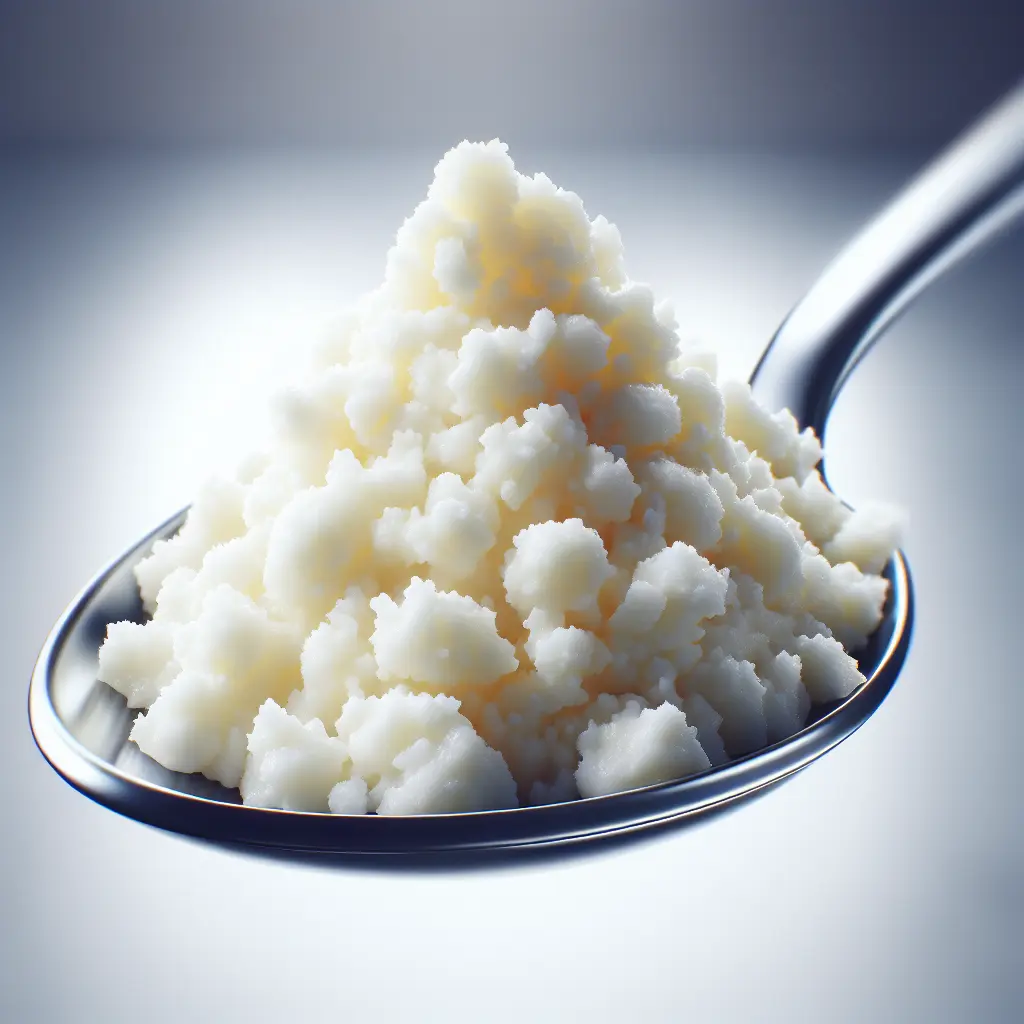Horseradish: A Versatile Root Vegetable with Hidden Health Benefits
Horseradish (Armoracia rusticana) is a root vegetable belonging to the Brassicaceae family, which also includes broccoli, cauliflower, and cabbage. It is characterized by its long, white, and fleshy taproot, which is the part primarily used for culinary and medicinal purposes.
Nutritional Profile of Horseradish
Horseradish is a low-calorie vegetable, with approximately 2.4 calories per teaspoon. It is composed primarily of water (95%) and carbohydrates (0.6g per teaspoon). Horseradish also contains small amounts of protein (0.1g per teaspoon) and dietary fiber (0.2g per teaspoon).
Medicinal Properties of Horseradish
Horseradish has been traditionally used in folk medicine for its various health-promoting properties. Modern research has identified several bioactive compounds in horseradish, including sinigrin, which is responsible for its characteristic pungent flavor. Sinigrin is a sulfur-containing compound that breaks down into allyl isothiocyanate (AITC) when horseradish is grated or crushed. AITC is a potent antioxidant and has been shown to possess anti-inflammatory, antibacterial, and anticancer effects.
Health Benefits of Horseradish
- Anti-inflammatory effects: Horseradish has been shown to reduce inflammation in the body. Studies have found that AITC can inhibit the production of inflammatory cytokines, such as interleukin-1 beta (IL-1β) and tumor necrosis factor-alpha (TNF-α). This anti-inflammatory effect may be beneficial for conditions such as arthritis, gout, and inflammatory bowel disease.
- Antibacterial effects: AITC has been shown to possess antibacterial effects against a wide range of bacteria, including Escherichia coli, Salmonella typhimurium, and Staphylococcus aureus. This antibacterial activity may contribute to horseradish's traditional use as a natural remedy for infections.
- Anticancer effects: Studies have found that AITC may have anticancer properties. AITC has been shown to induce apoptosis (programmed cell death) in cancer cells and inhibit tumor growth in animal models.
- Other potential benefits: Horseradish has also been linked to other potential health benefits, such as improving digestion, boosting immunity, and reducing blood pressure. However, more research is needed to confirm these effects.
Culinary Uses of Horseradish
Horseradish is primarily used as a condiment or spice. It is commonly grated and added to dishes as a garnish or flavoring agent. Horseradish can be used to add a sharp, spicy flavor to sauces, dips, dressings, and marinades. It is also a popular ingredient in various traditional dishes, such as prime rib, roast beef, and fish. In some cultures, horseradish is also used to make a fermented condiment known as "horseradish cream" or "prepared horseradish."
How many calories are in Horseradish?
Each 1 tsp of Horseradish contains 2.4 calories.
Horseradish Nutritional Information
| Nutrient | Amount per 1 tsp (5g) |
|---|---|
| Calories | 2.4 Calories |
| Protein | 0.1g |
| Fat | 0g |
| Saturated Fat | 0g |
| Cholesterol | 0mg |
| Carbohydrates | 0.6g |
| Dietary Fiber | 0.2g |
| Sugar | 0.4g |
| Sodium | 0.021mg |
| Potassium | 0.0123mg |
| Calcium | 0.0028mg |
| Iron | 0mg |
